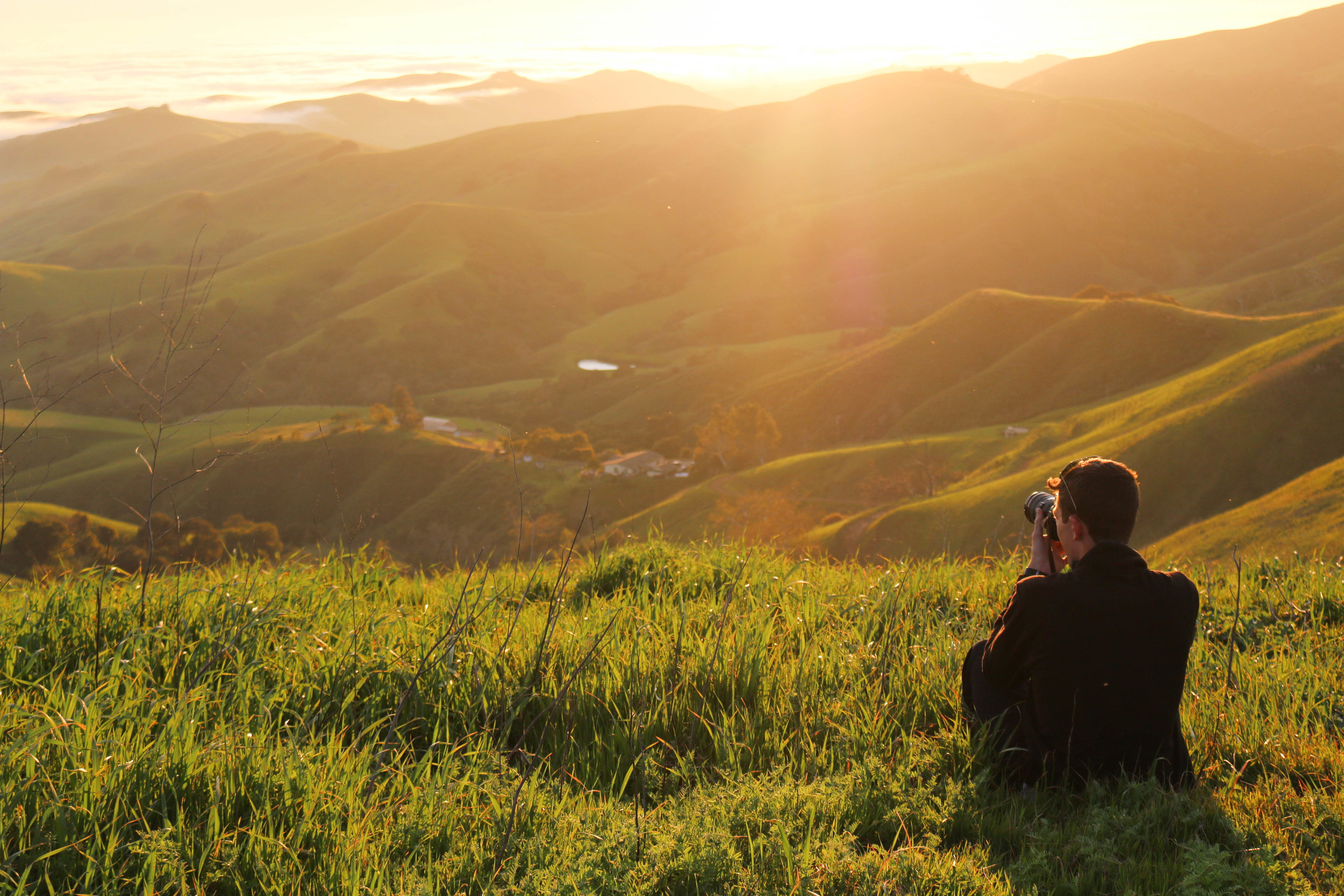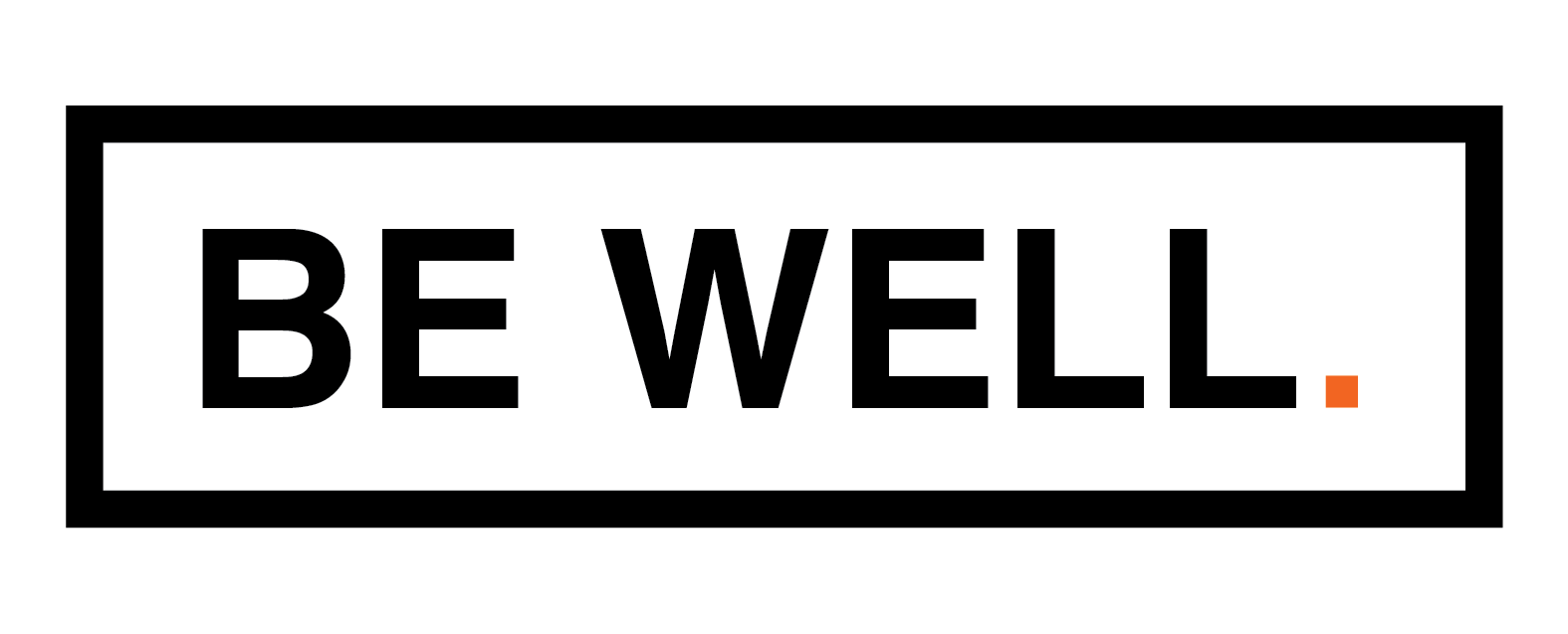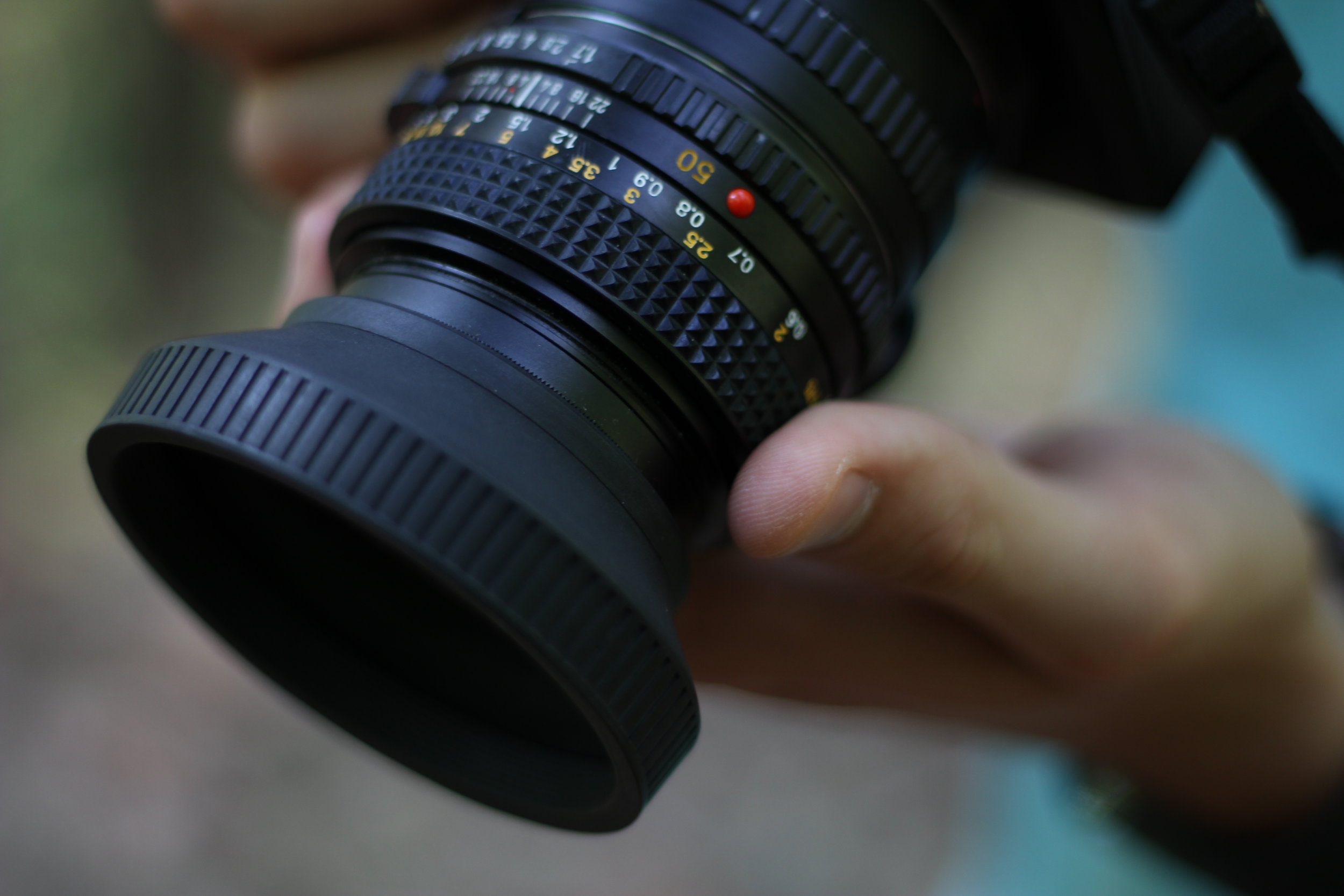Why Your Friends Take Better Pictures Than You

Everyone loves photography, right?
According to Business Insider, it looks great on a résumé. It’s artsy, classy, and a cool way to show off your creativity. But there’s a bit of a learning curve. Whether you’re interested in a new hobby or just want to take better pictures, you’re in the right place.
The biggest hurdle on the path to becoming a good photographer is price. To buy a low-end DSLR camera, you need to spend at least $350. And that may not even include a lens. I saved hundreds of dollars by buying my camera used with a few old-school lenses on a somewhat-sketchy camera swap website for $630. I got lucky, but most people can’t afford to drop hundreds of dollars on a hobby that may not work out.
If (like most beginner photographers) you own one of Nikon or Canon’s entry-level models, you may be a little disappointed with your early photos. You’ll see gorgeous photos on Instagram and feel jealous. Why can’t my photos look like that? Do yourself a favor, and visit Flickr’s camera finder website. You can see photos taken with your camera model (and even pictures from people’s phones). This helps you determine your camera’s potential. But why are their photos so much better? There are a few reasons.
Below are a few beginner-based points to help you boost the quality of your photography. If you haven’t yet been introduced to photography, then you may not understand some of the terms or phrases. Open an extra tab in your browser. If you don’t recognize a term, simply google it. I’ll explain most within the text.
Please note I’m directing these points toward owners of DSLR and mirrorless cameras. If you have a point-and-shoot, a couple of these tips may not help you. Don’t know which type of camera you have? Visit this website and learn about the differences.
Understand Exposure
When shooting, be aware of your camera’s settings. Your aperture, ISO and shutter speed settings work together to decide the brightness of your pictures. Think of them as a balanced triangle. In addition to brightness, these determine your photo’s motion blur, digital noise and depth of field. Here are a few links that explain how they work. Watch a few videos, do your research, and then get out there and practice.
Know Your Camera
Even if you fully understand how exposure works, if you don’t know your camera, then it won’t matter. Different cameras will place their settings and shortcuts in different places. Search YouTube for tutorials on your camera’s model, and take notes. Get outside and try them out for yourself. Practice is vital.
I own a Sony A6000 mirrorless camera. It’s not flashy, and it’s a midrange camera at best. But I can get better photos out of it than my department’s Nikon D7200, a relatively high-end DSLR. I know my camera’s settings and potential, and I’ve got months of practice. Having a prime lens also helps.
Buy a Prime Lens
In photography, there are two categories of lenses: prime and zoom. Zoom lenses are exactly what you’d expect, lenses that can zoom. Prime lenses, however, have a fixed focal length, meaning they can’t zoom. They aren’t as versatile as zoom lenses, but they generally make up for it by offering wider apertures and sharper images.
Also, soft bokeh effects in the background often add beauty to a setting and help your subject stand out. Prime lenses offer a shallower depth of field, which causes this effect. Most amateur photographers have multiple lenses, generally including a basic 18-55mm kit lens, a telephoto zoom lens, and at least one prime lens.
Again, price may be an issue. A solid 50mm lens with a f/1.8 aperture costs between $100-200. If you are just getting into photography, don’t worry about buying a prime. Get your camera and a basic zoom lens (either a flexible 18-135mm or simply an 18-55mm), and start shooting. Consider picking up a prime later.
Warning: Watch out for gear acquisition syndrome (GAS). With photography, people often begin to think, “If I just had that one lens/camera/flash, my photos would be so much better.” That’s not true. Yeah, a nice camera helps, but so do nice composition, lighting, and ability.
Use Post-Processing
Those gorgeous photos you see on Instagram from professional photographers? Yeah, those have probably been edited. Like, omg-I-can’t-believe-that’s-even-the-same-photo edited. Most professional photographers use software from the Adobe Creative Suite like Lightroom and Photoshop. These, naturally, cost money. And even with student discounts, they may be outside your budget ($9 per month). Thankfully there are also excellent free options available.
I use Adobe Lightroom, which operates similarly to Instagram and VSCO’s apps. Easily adjust brightness, contrast, saturation, and do minor touch-ups. Then simply export. If you’re serious about post-processing, consider shooting your photos in RAW format instead of JPEG. It preserves much more information about your photo and gives you more flexibility in editing. Here’s a list of the pros and cons of shooting in RAW format.
Learn Proper Lighting
The difference between good photos and bad ones? It’s often the lighting. Most beginners won’t have an extensive flash setup in a studio. That’s okay — I don’t know anyone that does. Just focus on natural lighting for now. Learn the differences between soft and harsh lighting. SPOILER ALERT: You generally want the soft stuff. Also, check out this article on golden hour, which is one of the best times for beautiful lighting.
Understand Composition Techniques and Rules
Ever looked at a photo, saw that it was pretty, but still thought something was just off about it? It’s probably the composition. There are tons of subtle rules in photography and videography about how you compose and style your shot. Thankfully, you don’t need a fancy camera to have good composition.
To improve your pictures, learn the rule of thirds and other compositional guidelines. Again, practice is important. These rules rarely come naturally, so work to incorporate them into your photos. When people refer to a photographer’s eye, this is typically what they mean. Don’t forget to consider whether your subject is interesting. Does anyone actually want to look at this? Is it compelling? These questions often don’t have easy answers.
Finally, Consider Joining a Community
If you’re just shooting on your own, you will probably improve, but feedback and tips can prove invaluable. Whether you join a photography club in Auburn or an online group, some of your best lessons will come from others. They can offer advice on gear, let you borrow lenses, and offer opportunities for photo shoots. Some may even introduce you to potential models for your shoots. I regularly find helpful tips and advice on Reddit’s r/photography page, which was an awesome resource during the camera-buying process, too.
If you’re interested in photography, but are on a tight budget, don’t sweat. Grab your phone and just shoot. Recent-model smartphones have excellent cameras (and iOS 10 can even shoot in RAW on iPhones). Although photography snobs may shake their heads and grumble, it’s important to realize that your photography is what you make it. And with proper lighting, composition and settings, you’ll be making it much, much better.
Be well, Auburn.
Photography: Terri Y. and Julia B.
Editor
Originally from Montgomery, Alabama, Jack is studying public relations with a dual minor in marketing and psychology. An ENFP, Jack loves to be around people and to talk about his interests and hobbies.
He is involved with the University Program Council and Eagle Eye TV. A member of Auburn's French and Italian Clubs, Jack is also a host in the International Buddy Program. He enjoys learning about other cultures and discovering more about the world around him. He is an active member of the Auburn Wesley Foundation and the First Baptist Church of Opelika. His interests include sports, photography, tech, working out, politics, the outdoors, and spending time with friends and family. A fan of a wide variety of music, Jack is currently obsessed with J. Cole, Ed Sheeran, Childish Gambino, and T-Swizzle. He thinks Spotify is "the greatest thing ever," and he plays curated workout playlists when he's at The Rec.








